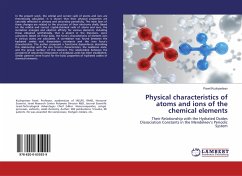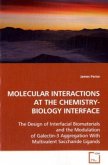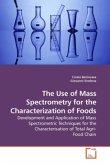The optimized synthesis of acyclic dialkoxy
disulfides and aromatic polysulfides is described and
their physical properties probed. In particular, the
origin of the high barrier to rotation in the
dialkoxy disulfides was determined to be due to a
generalized anomeric effect. The origin of the high
rotational barrier was also verified experimentally.
Complimentary to this thermal process, the
decomposition of dialkoxy disulfides was also
investigated.
Theoretical modeling on the relative ground state
energies of dialkoxy disulfides is also described.
It has been ascertained that the equilibrium position
between the two isomers can be influenced by the ring
size of the molecule; larger rings promote the
dialkoxy disulfide isomer. These modeling studies
were successfully corroborated experimentally.
The kinetics of desulfurization of acyclic aromatic
tri- and tetrasulfides is described. Tetrasulfides
were found to transfer a sulfur atom to
triphenylphosphine over ten times faster than their
trisulfide analogues.
disulfides and aromatic polysulfides is described and
their physical properties probed. In particular, the
origin of the high barrier to rotation in the
dialkoxy disulfides was determined to be due to a
generalized anomeric effect. The origin of the high
rotational barrier was also verified experimentally.
Complimentary to this thermal process, the
decomposition of dialkoxy disulfides was also
investigated.
Theoretical modeling on the relative ground state
energies of dialkoxy disulfides is also described.
It has been ascertained that the equilibrium position
between the two isomers can be influenced by the ring
size of the molecule; larger rings promote the
dialkoxy disulfide isomer. These modeling studies
were successfully corroborated experimentally.
The kinetics of desulfurization of acyclic aromatic
tri- and tetrasulfides is described. Tetrasulfides
were found to transfer a sulfur atom to
triphenylphosphine over ten times faster than their
trisulfide analogues.








